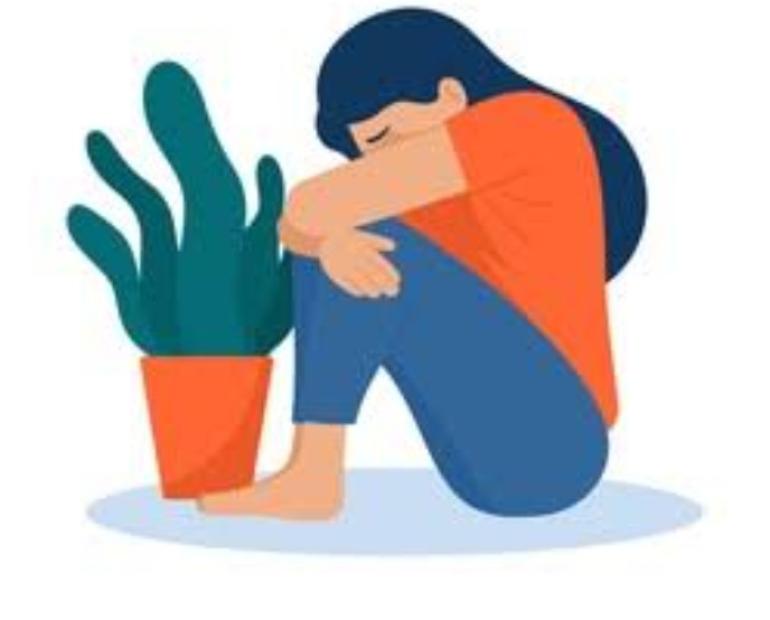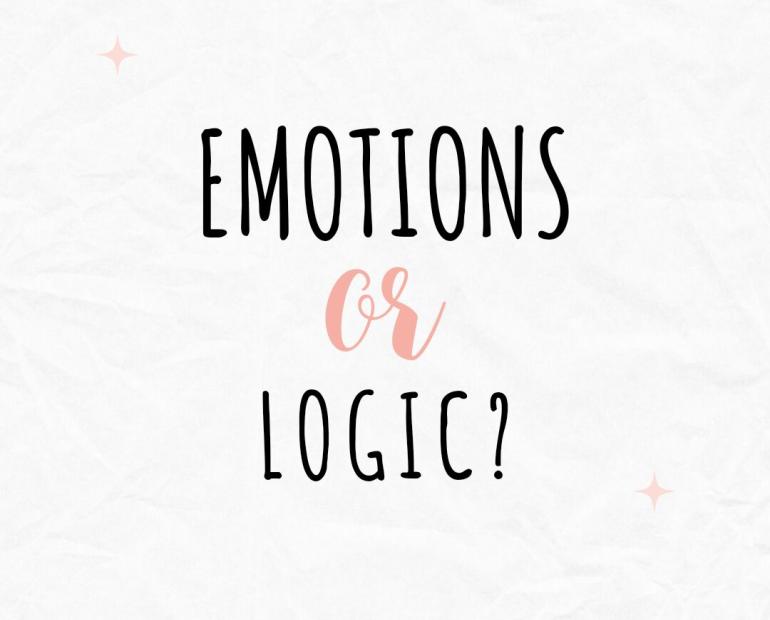
When we think about global conflicts we often only think about international wars. We do not necessarily think about the refugee crisis, civil wars, political instability, terrorist attacks, corruption etc... which are however also all types of conflict. A conflict can be defined as the confrontation between two or more parties “aspiring towards incompatible or competitive means or ends." They can affect whole countries or only regions. So in how many countries are there currently conflicts?
The answer given by the Global Peace Index 2016 (10th annual) might be very shocking for some ... at least it was for me. The index has shown that in 2016 there have been only 10 countries that were completely free of conflict and could, therefore, be described as peaceful! 10 out of 195 countries! This is 5,13 per cent! The report has further shown that political instability has worsened in 39 countries. Also, 81 countries have become more peaceful while 79 have deteriorated. Furthermore, the trend that peaceful countries (or better stable countries) become more peaceful while the situation in countries in conflict become worse has been highlighted. This leads to an overall greater peace inequality in the world. Europe has been elected to be the most peaceful world region. It is however not immune to war and conflict: countries like Great Britain, France, Germany and Belgium are involved in external conflicts e.g. in Afghanistan, face growing threat to peace due to international terror and therefore are also becoming increasingly unstable and divided politically. In addition to that Brexit might be another fuel for potential conflict in Europe.
But what are the causes of conflicts? Here it has to be acknowledged that every conflict is different and influenced by many factors including how long the conflict has been going on, the government-type in the country, the religious views, social differences etc. The origins of conflicts are therefore often multifaceted and can be a combination of the following: ethnic and/or economic inequalities, social exclusion and social injustice, competition for resources (this can be physical goods but also competition for ideas and information), lack of democracy and religious differences. It also has to be noted that even when a conflict has theoretically been ended the country is still in a state referred to as 'post-conflict’. The situation however remains tense and there is great danger of a relapse into large-scale violence. Essentially it is the absence of war but is not real peace yet.
So now when we have talked about conflict we also have to talk about peace... What does this mystical word actually mean? A country can only be considered to be at peace if it has a well and democratic functioning government that accepts and fosters all human rights, has low levels of corruption, enables free flow and access to information and goods, allows people to travel freely and perceives every person as an individual. Peacebuilding is a term that has emerged in the 1970s and describes the efforts that aim to promote sustainable peace by addressing the root causes of violence and conflict, support peace management and conflict resolution. Methods of achieving this can be disarming warring fractions and rebuilding political, economic, judicial and civil society institutions. However it is very important that every conflict is seen and considered individually, as like noted before every conflict is different and strategies, therefore, must be tailored to specific conflicts ... there is not that one solution for every conflict.
Sources:
https://www.theobjectivestandard.com/2014/10/causes-war-peace/
http://guides.womenwin.org/gbv/conflict/context/defining-conflict-post-conflicthttp://www.un.org/en/peacebuilding/pbso/pbun.shtml






